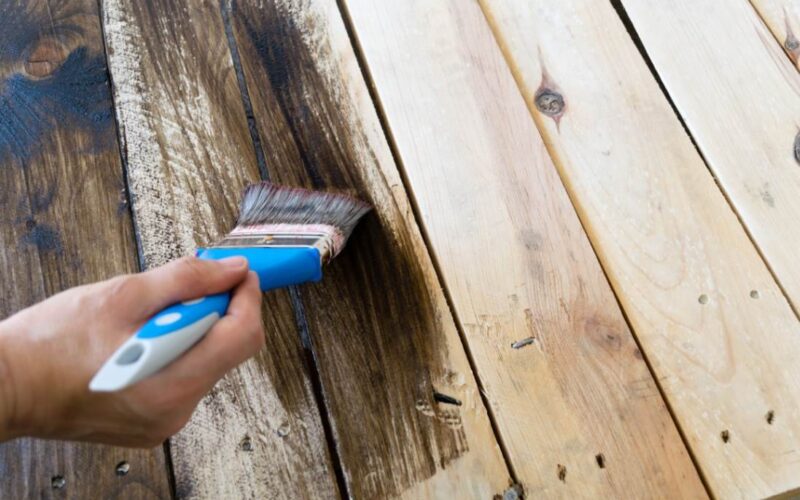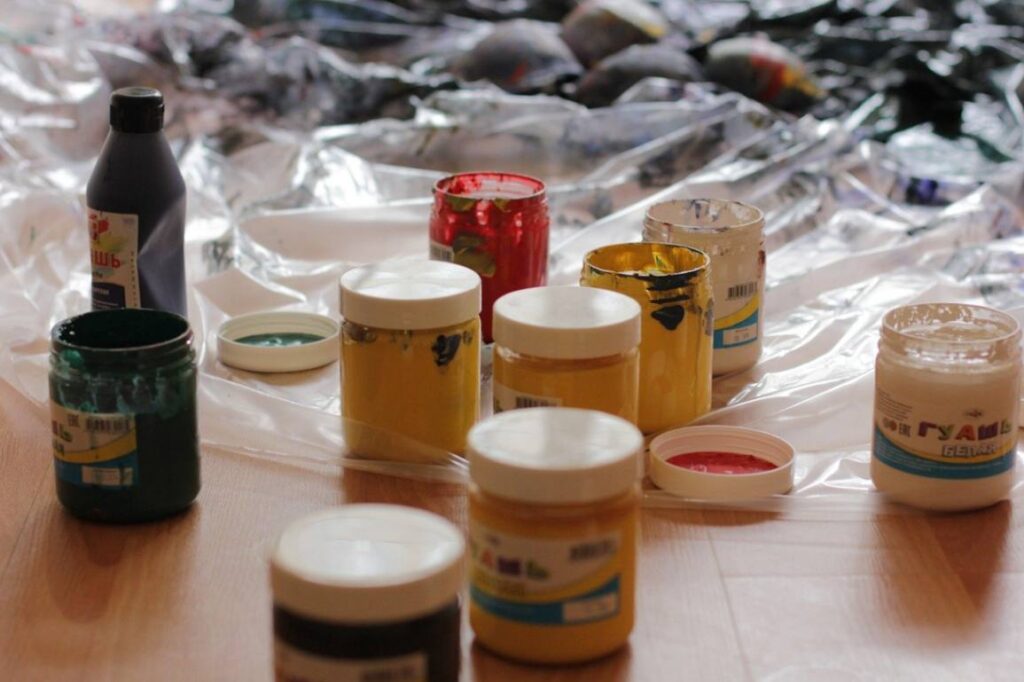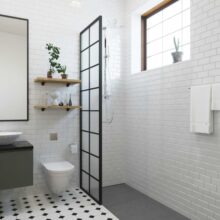Choosing the Right Paint for Wood

When it comes to home improvement projects, wood surfaces often require a fresh coat of paint to revive their beauty or protect them from the elements. Whether you’re working on furniture, outdoor decking, or interior wood trim, finding the right paint for wood is crucial to achieving a lasting, durable finish. This guide will walk you through everything you need to know about selecting the best paint for wood to ensure your next project is a success.
Understanding the Importance of Choosing the Right Paint
Wood, unlike other materials, is porous and absorbs moisture, which can lead to cracking, warping, or rotting over time if left unprotected. The right paint for wood acts as a barrier, sealing the wood to prevent damage while also adding a beautiful finish to your project. However, not all paints are created equal, especially when it comes to different types of wood and environments.
Types of Paint for Wood
There are two main types of wood paint that you will encounter: oil-based and water-based. Each has its advantages and specific uses, depending on your project.
- Oil-Based Paint
Oil-based paint is a classic choice for many wood surfaces because it offers a hard, durable finish. This type of paint is particularly useful for exterior wood projects like fences, doors, and outdoor furniture. It’s excellent at repelling moisture and stands up well to extreme weather conditions. However, oil-based paint takes longer to dry and can be more challenging to clean up, requiring solvents like turpentine.
Best uses: Outdoor wood projects, doors, and high-traffic areas.
- Water-Based (Latex) Paint
Water-based, or latex, wood paint is a popular option because it’s easy to apply and clean up with just soap and water. It dries quickly, is low in VOCs (volatile organic compounds), and provides a flexible finish, which helps prevent cracking. Latex paint is perfect for indoor wood surfaces like trim, baseboards, and furniture that won’t be exposed to harsh weather.
Best uses: Interior wood, furniture, and decorative pieces.
Choosing the Right Finish
Beyond the type of paint, you also need to consider the finish. The finish affects both the look and durability of your project.
- Glossy Finish
If you’re looking for a sleek and shiny look, a glossy finish is the way to go. Glossy wood paint is highly reflective, making it an excellent option for accent pieces like trim or doors. It’s also highly durable, making it a perfect choice for areas that experience wear and tear.
Best uses: Doors, trim, and furniture.
- Satin Finish
A satin finish offers a subtle sheen, giving a soft glow that’s not too shiny but still easy to clean. This is a versatile choice of wood paint for many interior surfaces.
Best uses: Furniture, cabinets, and interior woodwork.
- Matte Finish
If you prefer a more natural look, a matte finish has a smooth, non-reflective surface. While it’s less durable than satin or gloss finishes, matte paint for wood can give a rustic or vintage feel to your projects.
Best uses: Antique furniture, decorative pieces, and walls with wooden features.

Preparing Your Wood Surface for Painting
No matter which paint you choose, proper preparation is essential to ensure a smooth, long-lasting finish. Here’s a simple step-by-step process for prepping wood before painting:
- Clean the Surface: Start by wiping down the wood surface with a damp cloth to remove dust, dirt, or grease.
- Sand the Wood: Sanding helps to smooth out imperfections and creates a slightly rough texture, allowing the paint to adhere better. Use medium-grit sandpaper for this process.
- Prime the Wood: Priming is a key step when working with wood paint, especially if you’re using oil-based paint. It helps the paint stick and prevents the wood from soaking up too much paint. Use a wood-specific primer for the best results.
- Apply Paint: Once the surface is prepped, it’s time to apply your chosen wood paint. Always start with thin, even coats to avoid drips, allowing each coat to dry before applying the next.
Special Considerations for Outdoor Wood
Painting wood that’s exposed to the elements requires special attention. Outdoor wood faces challenges like UV rays, rain, and temperature changes, so using the right paint is vital to protect it.
Look for paints labeled as “exterior” or “weather-resistant.” These are formulated to withstand the demands of the outdoor environment. Also, consider adding a sealant on top of your paint to give it extra protection against moisture and fading.
Common Mistakes to Avoid
- Skipping the Primer: Priming might seem like an unnecessary extra step, but it’s crucial for getting a smooth finish and better paint adhesion. Always use a primer, especially on bare wood.
- Using the Wrong Paint Type: Make sure to choose the appropriate paint based on where your project will be located. Indoor paint won’t last outdoors, and outdoor paint may not look great on furniture.
- Not Sanding Between Coats: Lightly sanding between coats of paint will give you a smoother, professional-looking finish. It may take extra time, but it’s worth the effort.
Eco-Friendly Options
If you’re concerned about your project’s environmental impact, eco-friendly paint options are available. Look for low-VOC or zero-VOC paints, which have fewer harmful emissions. Additionally, some brands offer natural-based paints made from renewable resources, making them a great choice for environmentally conscious homeowners.
To Sum It Up
Selecting the best paint for wood comes down to understanding your project’s specific needs. Whether you’re painting a weather-exposed deck or refinishing an antique dresser, choosing the right paint type and finish will help you achieve a beautiful and durable result. Remember, preparation is key—take the time to clean, sand, and prime your wood before painting to ensure that your efforts last for years to come. Happy painting!
By following this guide, you’ll be able to choose the perfect paint for wood and tackle your next project with confidence.





